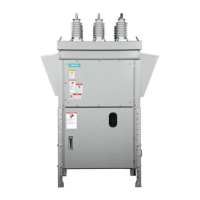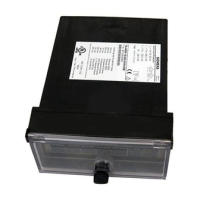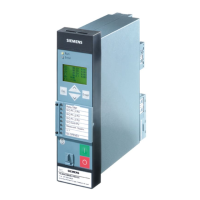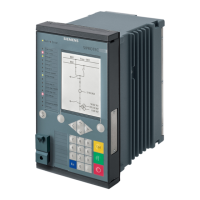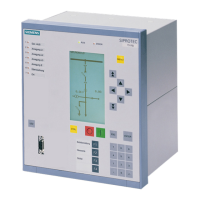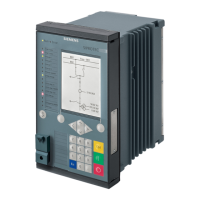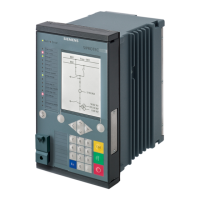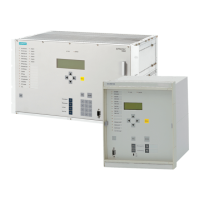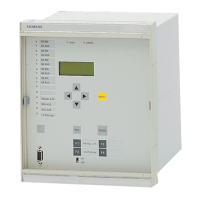A.2.3 IT system
Live parts in IT systems (see gure A5) must either be insulated to ground or
designed with a sufciently high impedance. The exposed conductive parts must
be grounded individually, or in groups, or with a common ground.
Figure A5: IT system
Permissible protective measures:
• Insulation monitoring devices
• Overcurrent protective devices
• Residual current protective devices
Tripping is not required for the rst fault. However, measures must be taken to
preclude all risk of pathophysiological effects on persons when the second fault
occurs. It is essential that an insulation monitoring device is tted to enable the
rst fault to be indicated by an acoustic or visual signal and eliminated as quickly
as possible.
Certain conditions must be satised after the rst fault, depending on how the
loads are grounded (individually, in groups, or with a common ground). If these
conditions cannot be met with overcurrent protective devices, either separate
residual current protective devices must be provided for each item of current-
using equipment or additional equipotential bonding must be provided.
No mutual interference results if insulation monitoring devices and residual
current protective devices are used in the same system.

